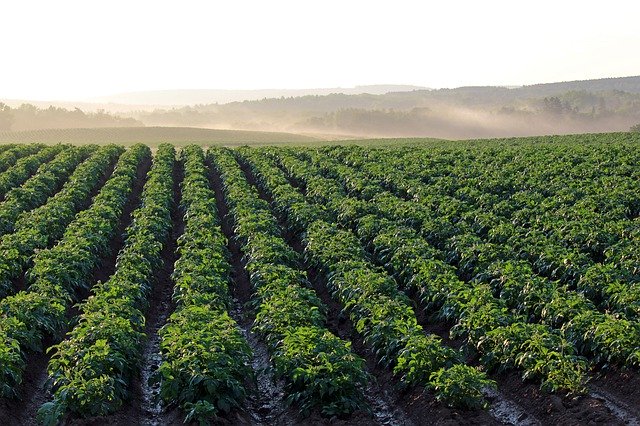With food service demand having dropped about 50 to 60 per cent and export markets having lost potential due to the global pandemic the North Western European Potato Growers (NEPG) hopes potato area has been reduced by five per cent, a release from the group says on May 5.
More than two million tons of potatoes have not been processed in NEPG countries, the release says. Between 70 to 80 per cent of all raw material needed for processing has been contracted. A large portion of these potatoes will need to find other outlets than processing, with more than two million tons expected to not be able to find a buyer and instead will go for livestock feed, biogas or bioethanol use.
In all NEPG countries, retail demand has increased for fresh potatoes and potato products. The export of fresh potatoes is currently at a medium high level with some difficulties finding trucks and drivers reported, the release says.
“However, this extra demand is not enough to consume the whole remaining harvest of 2019, realizing that not all varieties are suitable to be used as fresh table potatoes for home consumption or exports. The NEPG estimates that only on the continent there will be more than 2 million tons of not processed potatoes at the end of the season.”
There is also concerns about how to handle these potatoes in a sustainable fashion, the release says. The processing industry has requested growers store their potatoes until at least the end of August, which means additional costs such as anti-sprouting products and energy for ventilating and cooling. “Normally during July, the factories will change to the new early processing crops from Belgium and Germany, and again, these crops have to be “bulldozed” forward as well and clutch with the regular harvest in October.”
Less area for this growing season will help, the NEPG hopes the potato area in the five NEPG countries has been reduced by five per cent, which is still not considered enough. This reduction may not be possible as fields have already been rented, seed potatoes already bought and delivered with planting having already started at the end of March.











